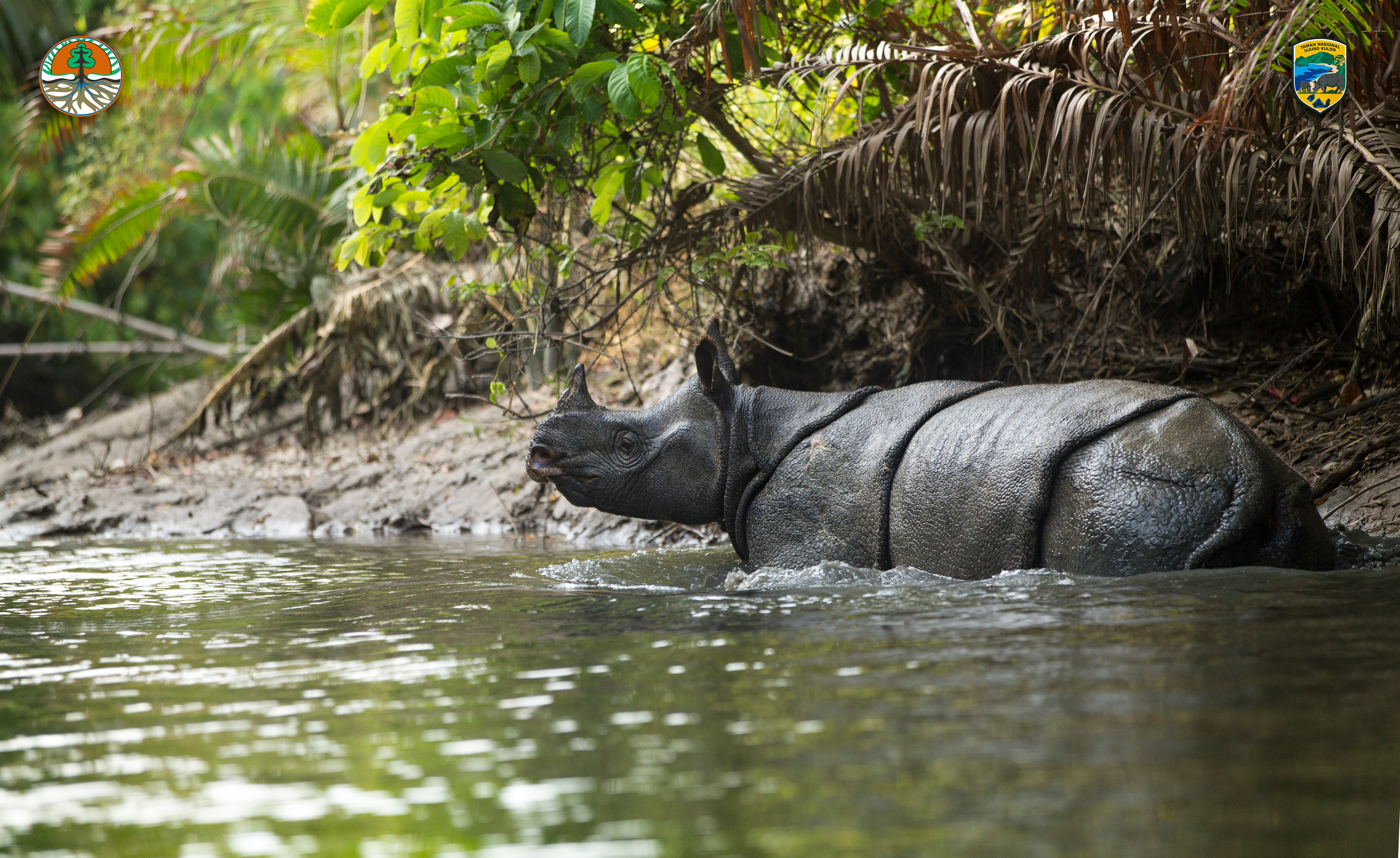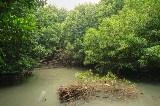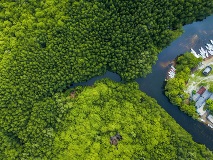Project Partner: Re:wild, International Union For Conservation of Nature (IUCN) Species Survival Commission (SSC)
Geographies: Indonesia
What is the core idea of the pilot?
With fewer than 80 Sumatran rhinos and 40 Javan rhinos left, Asia faces the imminent loss of two iconic species. Both are now confined to Indonesia, making their conservation a global priority. This project aims to protect the last wild populations, rescue isolated individuals for breeding and reintroduction, and develop advanced genetic rescue and reproductive technologies to accelerate recovery efforts.
A successful recovery programme would demonstrate that extinction can be avoided, and that restoring Asia's biodiversity is achievable. The programme can also serve as a model for similar initiatives across Southeast Asia.
Why is this innovative?
Southeast Asia is the epicenter of global extinctions. A solution to halting the decline is needed both as a beacon of hope, but also as a workable example for others to learn from.
Wild populations will be secured using state-of-the-art technology including real-time monitoring using AI enabled camera-traps, handheld field data collection devices, and on-line tracking solutions that gather, present and analyse data from the ground to enable rapid and adaptive management of protection solutions.
The use of advanced new reproductive technologies such as ovum pick up, induced pluripotent stem cell creation, intracytoplasmic sperm injection, and even cloning have been rarely deployed to recovery endangered species and never in Asia, so their use here will be groundbreaking.
What will success look like?
Due to the slow breeding nature of rhinos, the success of conservation efforts will depend on establishing strong foundations, including:
- Safe and breeding wild populations for each species
- Isolated Sumatran rhinos brought into the conservation breeding programme
- Regular calf production, with pregnancies from advanced reproductive technologies
- A genetic rescue plan in place for the Javan rhino
How will success be achieved?
The programme is supported by a strong coalition of local organisations, but scaling implementation and accessing transformative technologies are needed for the effective protection of these two iconic species.
Enhanced protection and monitoring for wild populations will be achieved through new field and park headquarter technologies. For the Javan rhino, this includes a disease monitoring system and veterinary outreach for nearby livestock, which pose disease risks.
The conservation breeding programme will improve by rescuing isolated rhinos and expanding infrastructure to support a growing population. Advanced reproductive techniques will be established in Indonesia, enabling non-reproductively viable animals to contribute genetically to the next generation. Additionally, a biobank will preserve tissue and cell lines from diverse rhinos to prevent genetic loss and support future recovery efforts.
Who is leading the project?
Indonesia’s Ministry of Environment and Forests (MOEF) is leading rhino conservation efforts in Indonesia. Re:wild hosts the International Union For Conservation of Nature (IUCN) Species Survival Commission (SSC) to convene the Indonesian Rhino Survival Alliance in support of Indonesia’s Ministry of Environment and Forests (MOEF). The Alliance brings local and international partners together in support of the government of Indonesia’s rhino recovery plans. Re:wild has been active in the conservation of both rhino species for eight years, with their rhino conservation lead being deeply involved in their conservation for 17 years.







.tmb-.jpg?Culture=en&sfvrsn=9ab1f1f6_1)




